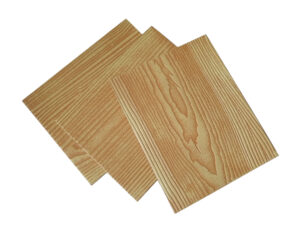
In terms of impact resistance, fiber cement siding is significantly superior to vinyl siding. This difference is due to the fundamental composition and thickness of the materials.
Here is a detailed comparison, focusing particularly on resistance to weather phenomena like hail:
Impact Resistance Comparison
| Feature | Fiber Cement Siding | Vinyl Siding |
| Material Composition | Made of cement, sand, water, and cellulose fibers. The thickness and solid nature provide high strength. | Made of PVC (polyvinyl chloride) plastic resin. It is generally thinner and more flexible. |
| Overall Impact Resistance | High Impact Resistance. It is much stronger and tougher. It is designed to resist damage from accidental impact, fallen debris, and scrapes. | Moderate to Low Impact Resistance. While modern formulations have improved, it is generally considered weaker against strong impacts. |
| Hail Damage | Highly Resistant. Fiber cement is known for withstanding hail damage. It is an excellent choice for hail-prone areas. Damage is less likely to occur. | Highly Susceptible. Vinyl is easily susceptible to cracking, splitting, punctures, and dents from hailstones, especially in severe storms. |
| Cold Weather Performance | Maintains Stability. Quality fiber cement (like James Hardie’s products for cold climates) is engineered to endure freeze-thaw cycles without breaking and retains its shape. | Becomes Brittle. Vinyl becomes less flexible and more brittle in very cold temperatures, which significantly increases its risk of cracking or breaking upon impact. |
| Thickness | Generally thicker, which contributes to its enhanced durability and impact absorption. | Typically thinner, which makes it more susceptible to damage from forceful impacts. |
Key Takeaways on Durability
- Fiber Cement: Offers high impact resistance, making it an excellent, long-lasting choice for homes in areas with severe weather conditions, including hail, high winds, and strong temperature fluctuations.
- Vinyl Siding: While an affordable and low-maintenance option, its plastic composition makes it the weaker choice against physical impact and extreme temperatures, often leading to cracks, splits, or dents from hail or debris
14
OCT
2025
OCT
2025
0
